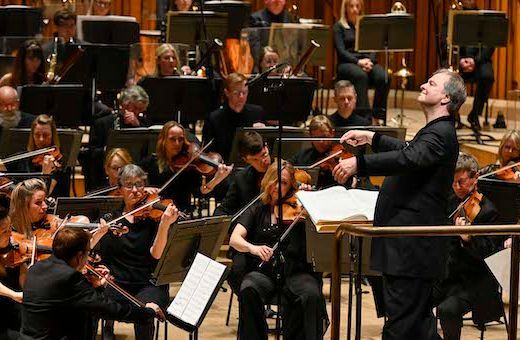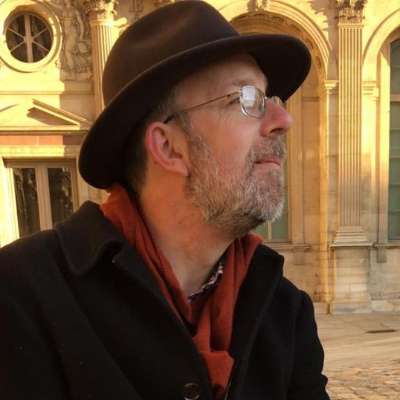Scaling the summit of Rued Langgaard’s massive First Symphony, “Pastoral of the Rocks”, with Sakari Oramo and the BBC SO as our trusty guides, felt like tackling Richard Strauss’ Alpine Symphony. The terrain is treacherous, but there are moments of repose to take in the vistas. Langgaard is the more expansive – it’s about an hour long – and he closes on the triumphant ascent, whereas Strauss takes you back down to the foothills. Surely the Danish composer had taken Strauss as inspiration? Except Pastoral of the Rocks was premiered two years before the Alpine Symphony… when Langgaard was still a teenager!

Langgaard began the five-movement work early in 1908, when he was just 14 years old, revising and completing it in 1911. He found it impossible to have his work performed in Denmark, but his father, a piano teacher and composer, knew conductors Arthur Nikisch and Max Fiedler, so the symphony was actually premiered by none less than the Berlin Philharmonic in 1913. Oramo takes the First back to Berlin in June, a more turbo-charged band to be sure, but it will be a challenge for the Berliners to match this BBC Symphony Orchestra account for sheer commitment.
Oramo approached the First here with a good deal of vigour and discipline, his whippy baton action and swift tempi masking the occasional languor in the lengthy score. The “rocks” here are cliffside rocks, towering over the Kullaberg peninsula in southwest Sweden. The lengthy first movement, Surf and Glimpses of Sun, opens with a bombastic motif, bolstered by a huge brass section including eight horns (two doubling Wagner tuba), but the avuncular Oramo breezed through it with a smile and relished the movement’s waltz-like central episodes and the score’s lush late Romanticism.
The three inner movements resemble a trio of shorter tone poems. Apart from a strangled horn note near the start of the pastoral idyll, Mountain Flowers, the first was beautifully rendered, particularly a memorable passage where string trills provide a cushion for oboe and horn solos. The mysterious Legend, with muted horns, and Mountain Ascent are even briefer, before the huge finale in which Oramo marshalled his forces – including off-stage brass up in the Barbican’s balcony – magnificently. Langgaard went on to compose another 15 symphonies – in a myriad of styles, not all as lengthy as his First – but was rejected by the establishment in Denmark, not helped by his eccentric behaviour and his criticisms of the nation’s leading composer, Carl Nielsen. It would be good for the BBC SO to give at least some of them an outing.
It was the music of another child prodigy we heard in the first half of the concert. Erich Korngold began composing at an even younger age than Langgaard, but his glorious Violin Concerto was written at the other end of his life, post-Second World War, when he returned to composing for the concert platform rather than the Hollywood film scores with which he’d become a household name. Nicola Benedetti was the fine soloist, her sweet and silky tone riding the slightly deferential BBCSO strings to provide a chamber music feel to much of the first movement. Benedetti played the cadenza deftly, including some glitzy portamentos, and was suave and unhurried in the central Romance. The Allegro assai vivace finale did exactly what it said on the tin, Benedetti fiddling furiously and the horns romping along to the theme Korngold had recycled from his score to The Prince and the Pauper. Further smiles were had in the encore, Jacob Gade’s Tango jalousie, a nice Danish prelude to the Danish symphony to come.


